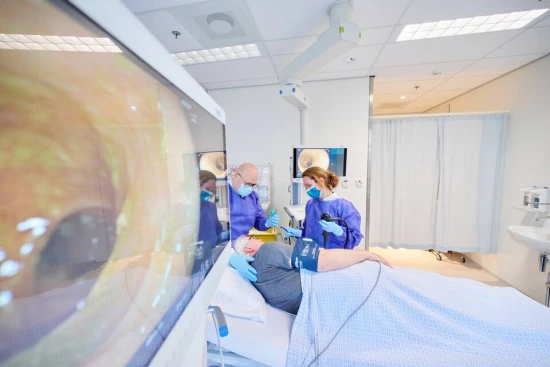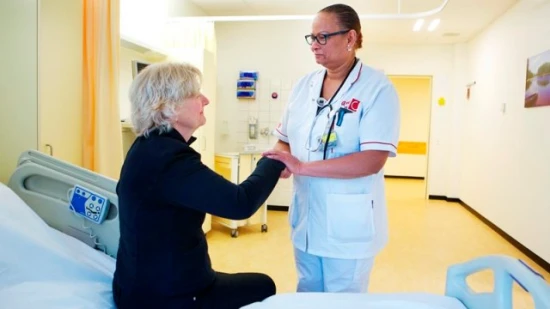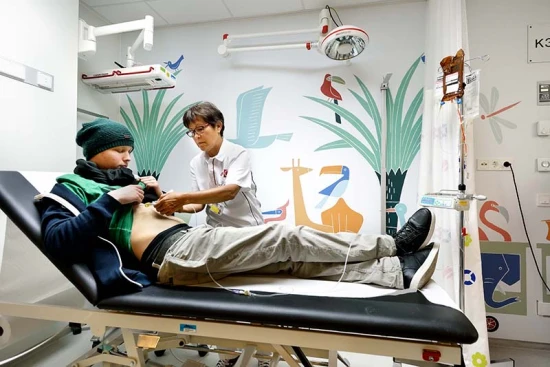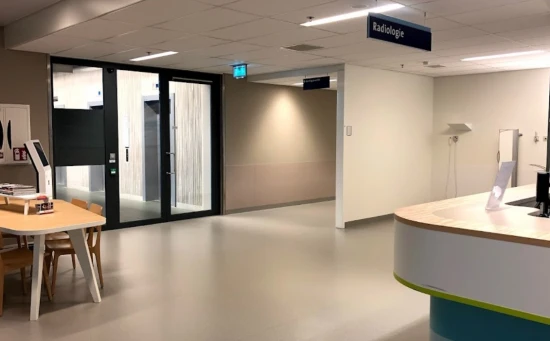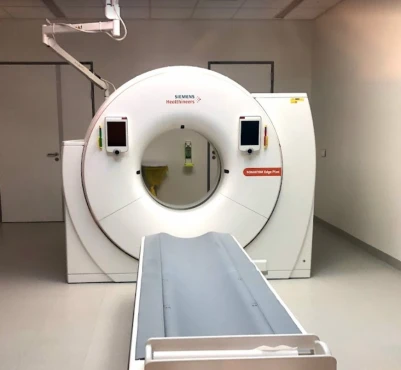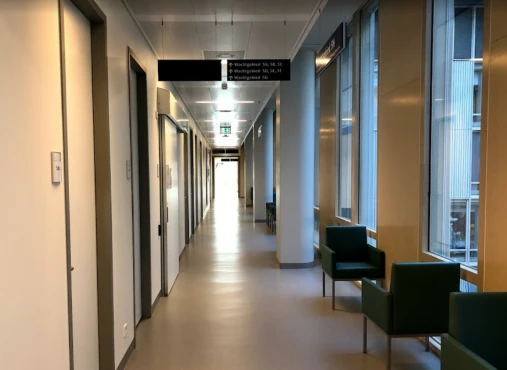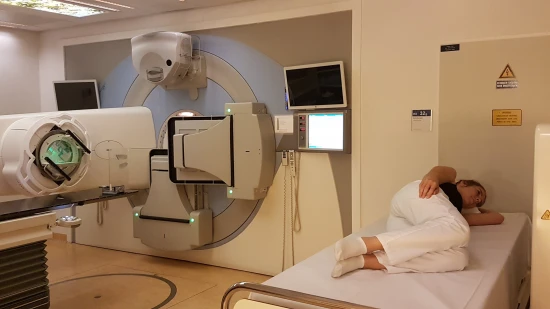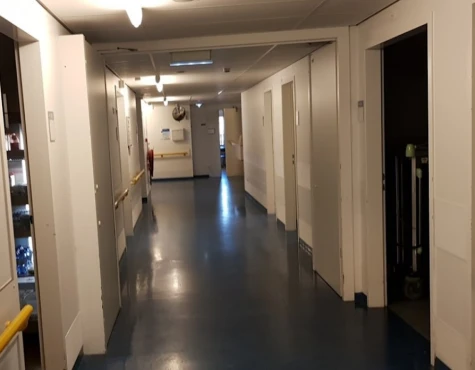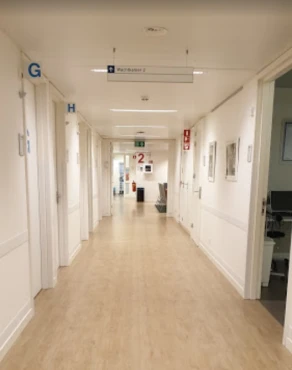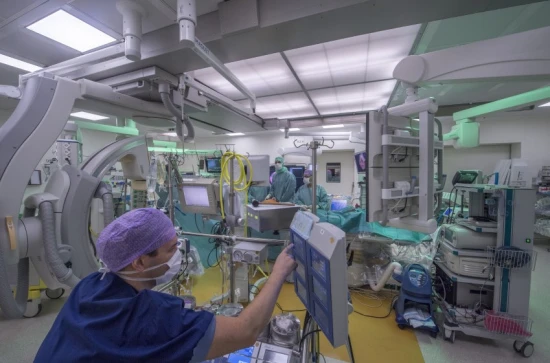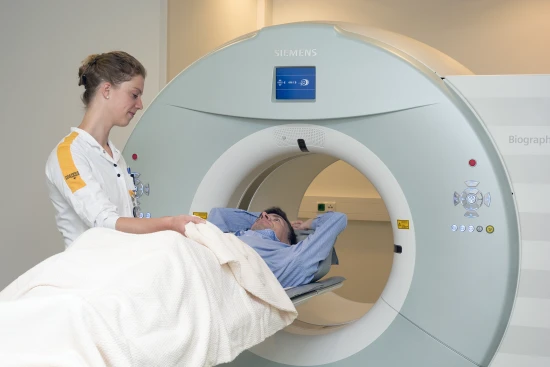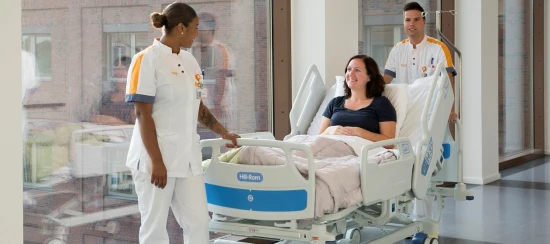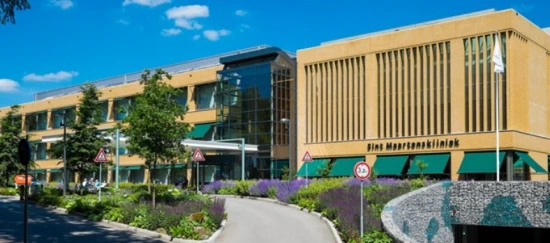Epilepsy treatment in 1 Neurosurgery and Oncology clinic in Breda
1 clinic specializing in Neurosurgery and Oncology providing treatment of
Epilepsy
Epilepsy is a neurological disorder characterized by recurrent and unpredictable seizures. It can cause disruptions in daily life, but with proper treatment, many people can manage and control their seizures effectively.
Read more...
disease in Breda.
Besides this clinic there are 9 Neurosurgery, Oncology clinics in Netherlands.
Such diseases are treated by Amphia Ziekenhuis: Dystonia, Epilepsy, Essential tremor, Obsessive-compulsive disorder (OCD), Parkinson's disease, and others.
Sorted by:
Relevance
Rating
Relevance
Prices for popular procedures:

Breda, Netherlands
Specializations: Cardiac surgery, Vascular surgery, Thoracic surgery, Neurosurgery, Spine surgery, Orthopedic surgery, Oncology
For us in Amphia, it's all about people and their health. Everyone is entitled to the best care and perfect service and attention. This applies
read more
Nearby clinics in Netherlands
Perhaps you should consider the following clinics we have found nearby basing on your Location, Disease filters applied.
Prices for popular procedures:
Prices for popular procedures:

Rotterdam, Netherlands
Specializations: Cardiac surgery, Vascular surgery, Thoracic surgery, Neurosurgery, Spine surgery, Orthopedic surgery, Oncology
We are Erasmus MC. Every day our staff, volunteers, and students work with dedication and commitment and are passionate about everything that we stand for.
read more
Prices for popular procedures:

Leiden, Netherlands
Specializations: Cardiac surgery, Vascular surgery, Thoracic surgery, Neurosurgery, Spine surgery, Orthopedic surgery, Oncology
Languages: English
LUMC is a modern university medical center for research, education and patient care with a high quality profile and a strong scientific orientation. In order
read more
Prices for popular procedures:

Maastricht, Netherlands
Specializations: Cardiac surgery, Vascular surgery, Thoracic surgery, Neurosurgery, Spine surgery, Orthopedic surgery, Oncology
Languages: English, German
Maastricht University Medical Center+ is known both nationally and internationally for its focus on prevention and taking an integrated approach to health care: from prevention,
read more
Prices for popular procedures:
Countries with the highest number of clinics treating the diseases:
Epilepsy:
worldwide
441 clinics
Brazil
34 clinics
India
33 clinics
Mexico
25 clinics
Germany
24 clinics
Colombia
23 clinics
Related procedures:
Procedures are likely to be used for Epilepsy treatment:
Deep brain stimulation (DBS),
Gamma Knife,
and
Transcranial magnetic stimulation (TMS) - per course
.

